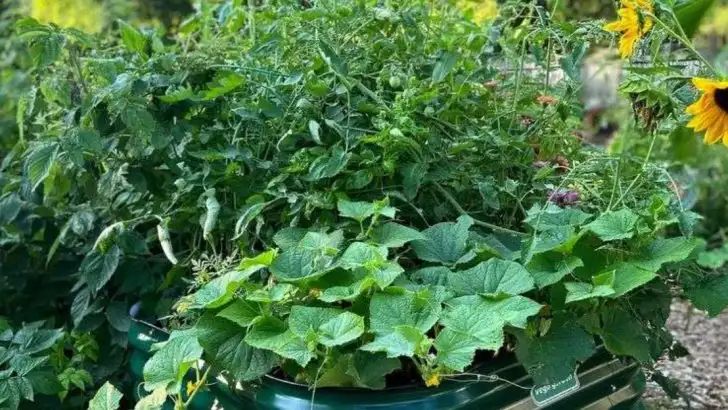Have you ever looked at your garden and thought, “Why does it feel so cramped?” You’re not alone. Many outdoor spaces suffer from common layout mistakes that unintentionally make them look smaller and more cluttered than they actually are.
From poorly placed paths to oversized planters and overly busy borders, small design choices can have a big visual impact. Sometimes, it’s not about how much space you have, but how you use and structure it. Even lush greenery can feel overwhelming if not balanced with the right layout and visual flow.
In this article, we’ll highlight 13 surprisingly easy-to-make garden design mistakes—and how to fix them. Whether you have a tiny courtyard or a sprawling backyard, learning what not to do can unlock a whole new sense of openness and harmony in your space.
Overcrowding Plants
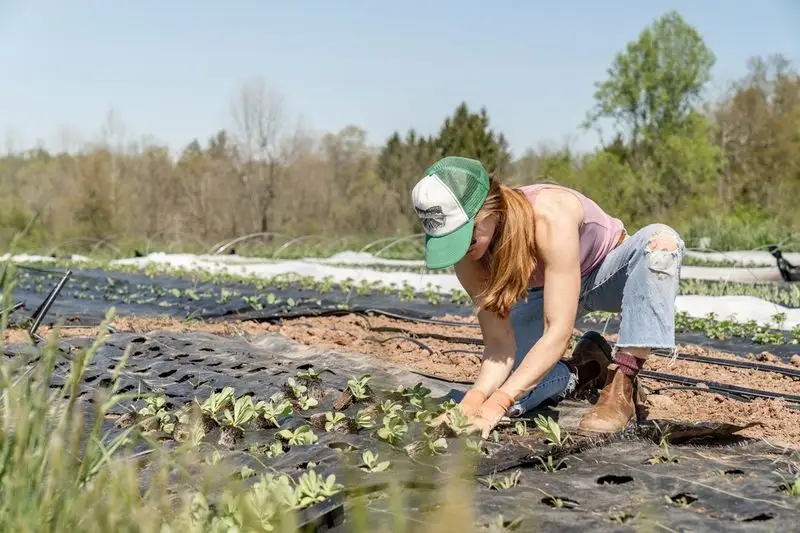
Is your garden more jungle than oasis? Overcrowding plants not only stifles their growth but also gives a claustrophobic feel to your space. Visual clutter detracts from the serenity of a garden, making it seem smaller. Keep in mind that each plant needs its own breathing room to flourish. By allowing ample space, you’ll encourage healthier plants and a more open look. Consider the mature size of plants when designing. This foresight prevents the need for constant pruning and ensures your garden remains inviting, not oppressive.
Ignoring Pathways
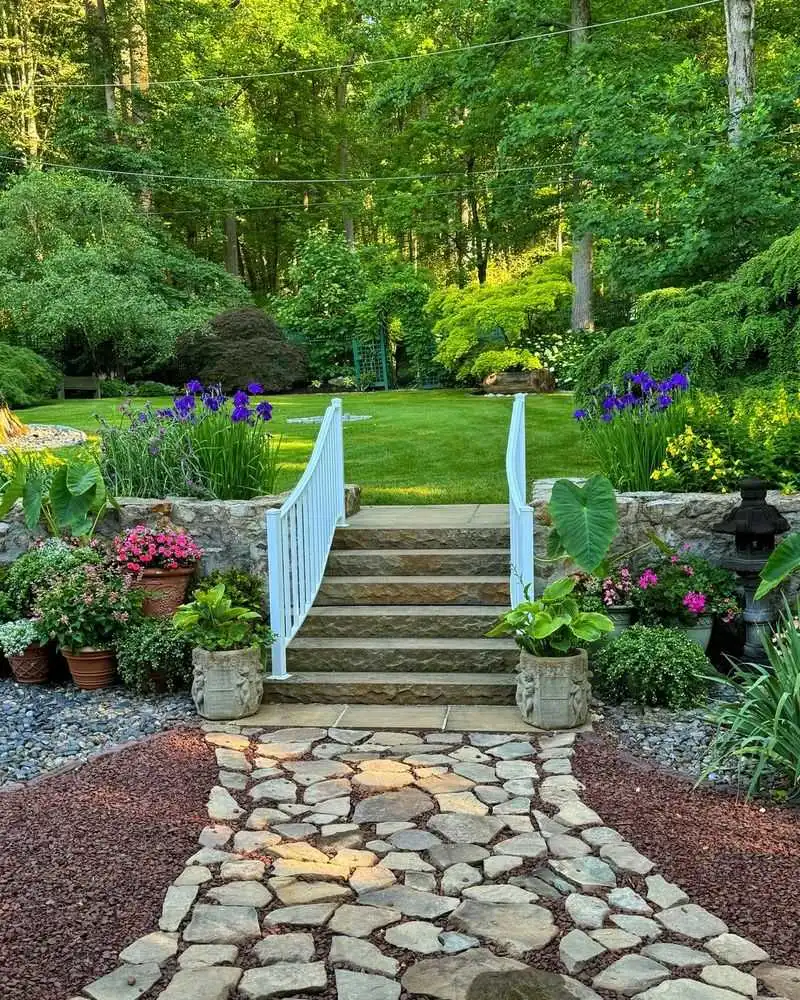
Without pathways, a garden can feel like an uncharted wilderness. Structured paths guide the eye and give a sense of order, making a garden appear larger. Meandering paths add intrigue and invite exploration, while straight paths create a formal, expansive feel. To enhance the sense of space, use materials like gravel or stepping stones that contrast with surrounding foliage. Paths not only serve a practical purpose but also add aesthetic value, enhancing both function and form in your green space.
Lack of Vertical Elements
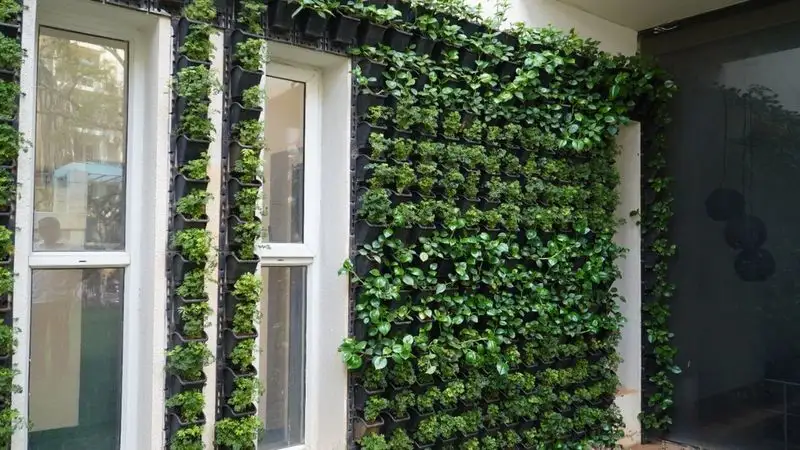
A garden isn’t just about ground cover. Vertical elements can transform a flat space into a dynamic environment. By incorporating trellises, arbors, or tall plants, you draw the eye upward, creating the illusion of more space. Vertical gardening is an art that adds depth and dimension, making even the smallest gardens feel expansive. Consider climbers like ivy or jasmine to add fragrance and interest. This approach maximizes vertical space, offering privacy and elegance.
Monotonous Color Scheme

A garden with one color can quickly become dull, making the space feel smaller. Introducing a variety of hues can invigorate your garden, creating depth and interest. A strategic color scheme can delineate different sections, adding layers to your landscape. Consider a mix of perennials and annuals for dynamic color throughout the year. Bold, contrasting colors can draw the eye and create focal points, breaking the monotony and giving the illusion of a larger area.
Unpruned Overgrowth

Unchecked growth can lead to a garden that feels more like a wild thicket. Regular pruning is essential to maintain the health and aesthetics of your garden. Overgrown plants can block sunlight and create shadowy areas, making the space feel confined. By managing growth, you allow light to penetrate, brightening the garden. Pruning also helps define shapes and boundaries, ensuring each plant has its time to shine. This practice keeps your garden looking fresh and spacious.
Improper Furniture Placement
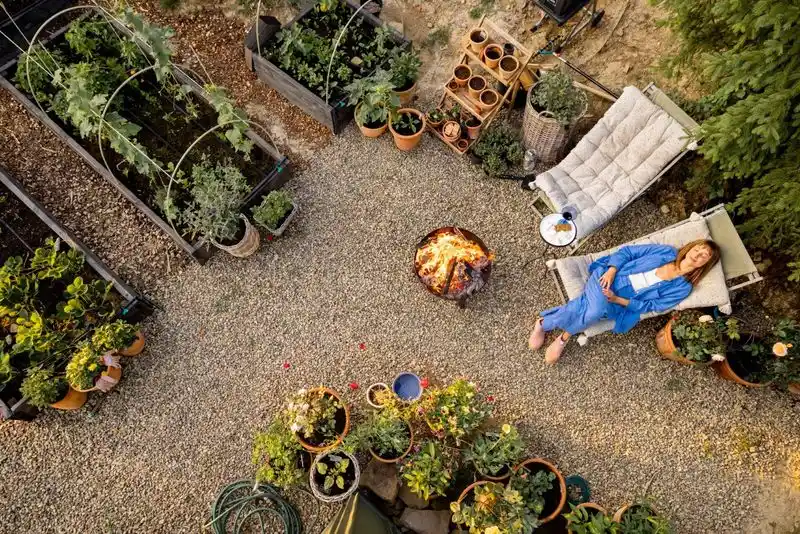
A well-placed bench invites you to linger, while poorly positioned furniture can obstruct views and paths, shrinking your garden’s feel. Furniture should complement the landscape, offering rest without hindering movement. Opt for lightweight, foldable options that can be easily moved to suit the occasion. Consider multifunctional pieces like benches with storage. By placing furniture strategically, you enhance the garden’s flow, ensuring it’s both functional and inviting.
Ignoring Proportions
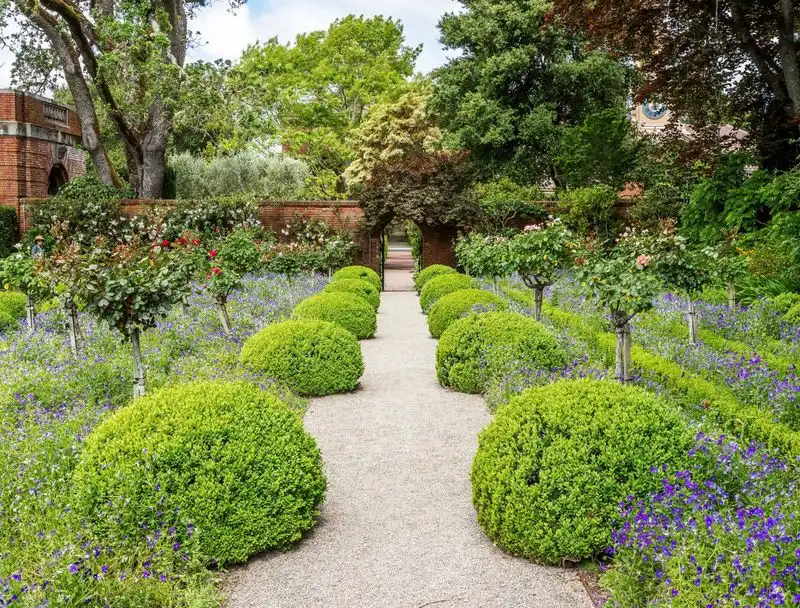
When elements in a garden aren’t proportionate, the space can feel off-balance. Oversized features can dwarf a small garden, making it seem even smaller. Ensure that plants, furniture, and decor are in scale with the surroundings. Balance is key; use smaller plants at the forefront and larger ones in the background to create depth. By respecting proportions, you maintain harmony and prevent any one element from overwhelming the space.
Flat Landscape Design

A flat garden can seem stagnant and uninteresting. Introducing elevation changes, such as raised beds or terraces, adds texture and variety. These elements draw the eye and create distinct areas, making the garden appear larger. Natural slopes or constructed levels offer opportunities for creative planting and design. By breaking the uniformity of flat terrain, you add movement and intrigue, enhancing the overall garden experience.
Neglecting Seasonal Interest
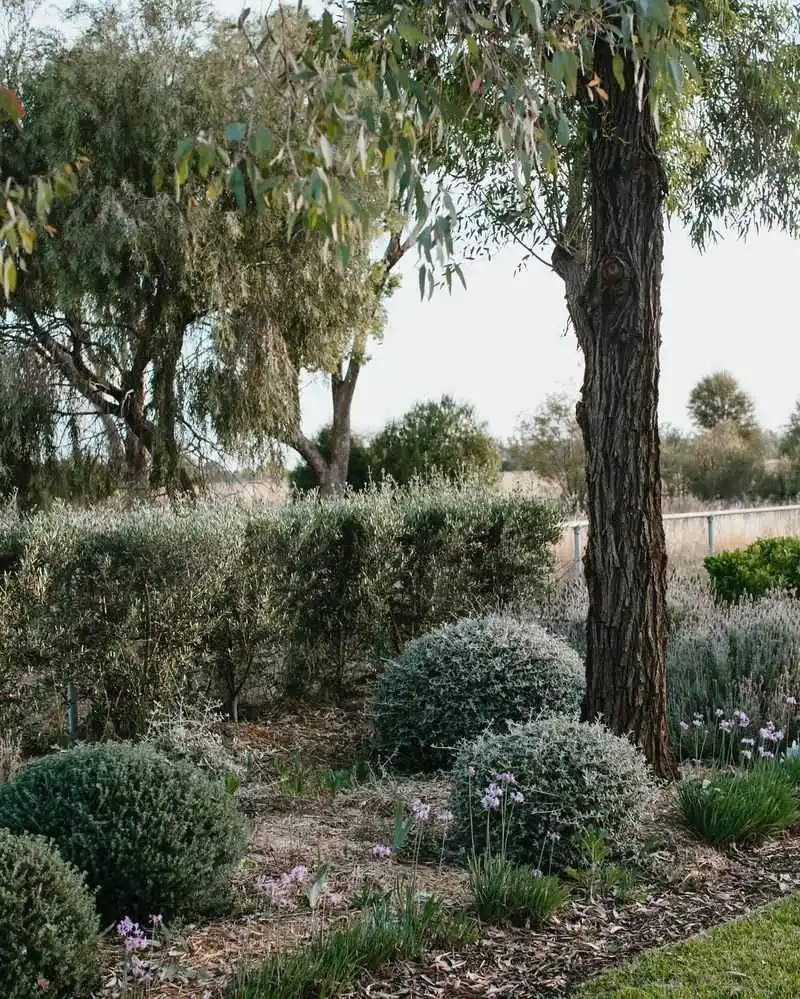
Gardens should evolve throughout the year. A lack of seasonal interest can render your garden dull and smaller in appearance. Introduce a mix of plants that bloom at different times, ensuring year-round color and activity. Evergreens provide structure in winter, while spring and summer blooms offer vibrant displays. By planning for every season, you create a garden that’s always engaging, no matter the time of year. This continuous evolution keeps the space dynamic and visually appealing.
Not Utilizing Mirrors
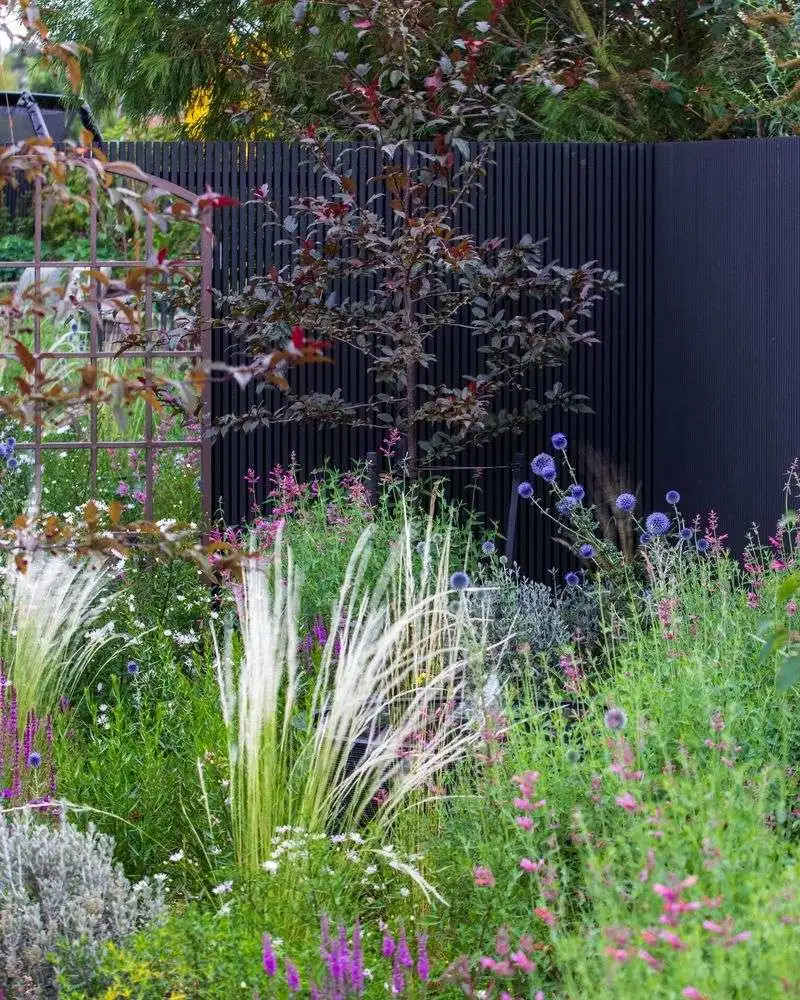
Mirrors aren’t just for interiors. When strategically placed, they can double the perceived size of a garden. By reflecting light and scenery, mirrors create an illusion of depth and space. Placing a mirror at the end of a path can make it seem like there’s more garden beyond. Use weather-resistant mirrors to withstand the elements and enhance your garden’s charm. This simple trick can transform even the smallest spaces into expansive retreats.
Cluttered Decor
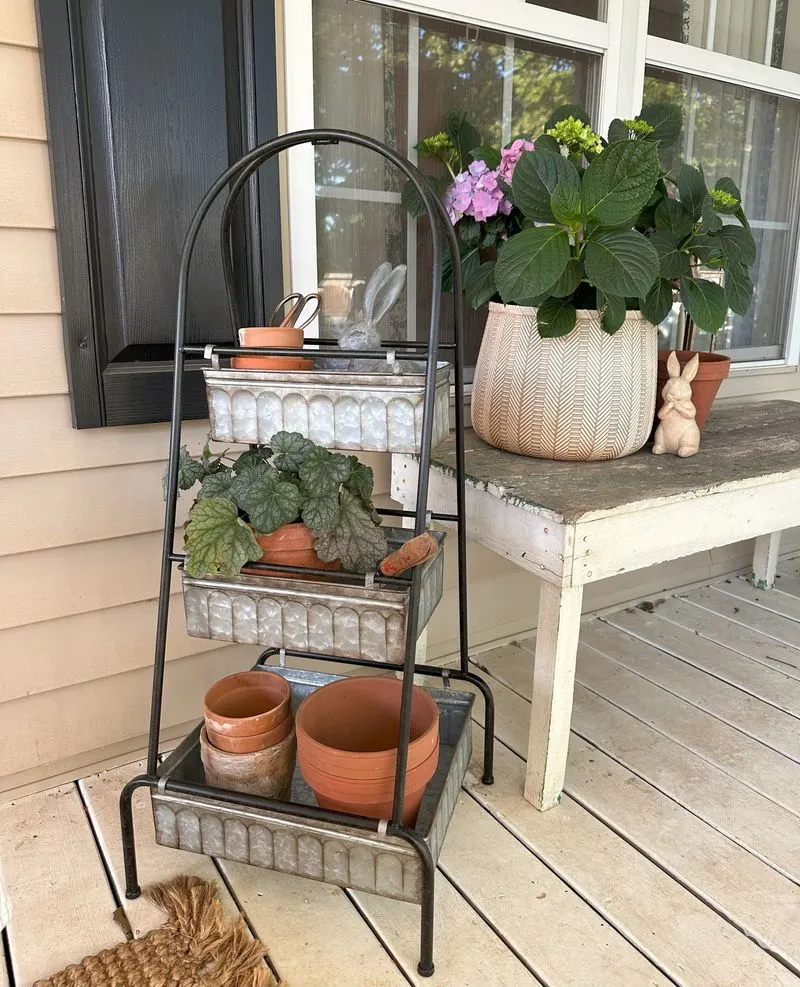
While decorations can add personality, too much can overwhelm a garden. Clutter distracts from natural beauty, making the space feel cramped. Choose decor sparingly and with purpose, allowing plants to take center stage. Opt for a few statement pieces rather than numerous small items. This approach highlights your garden’s best features and maintains a sense of openness. Simplifying decor can refresh the overall ambience, making the garden feel more spacious.
Limited Plant Variety
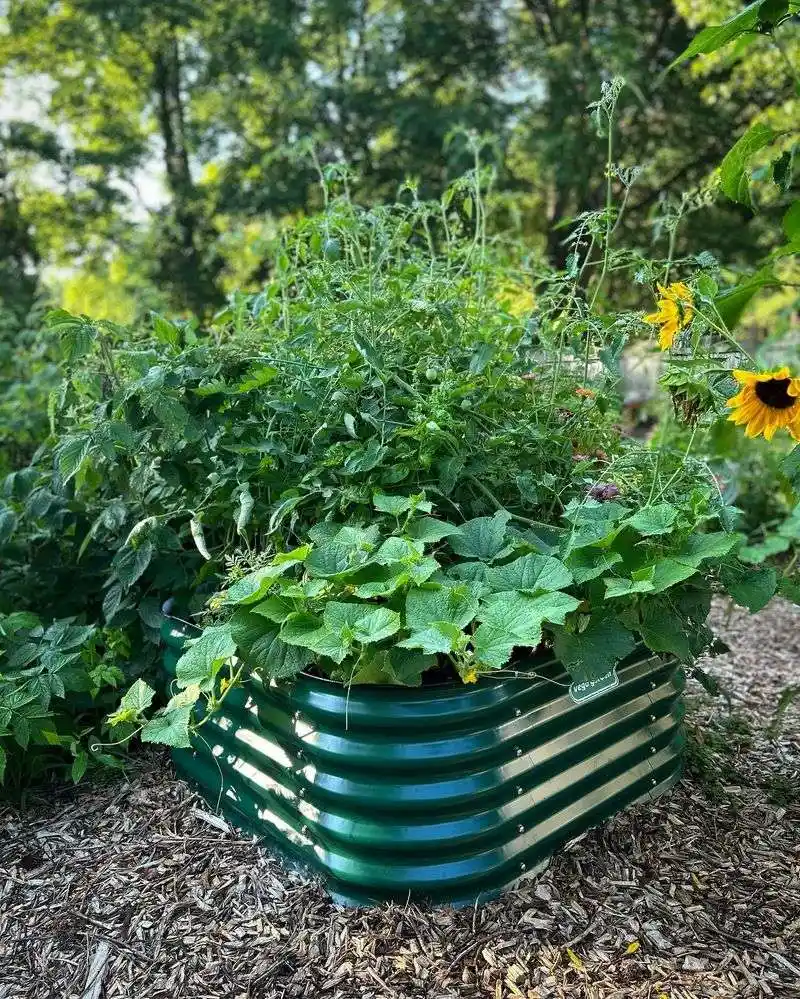
A garden with limited plant diversity can feel monotonous. Introducing a range of species adds texture and interest, making the space feel larger. Different shapes, sizes, and colors contribute to a more engaging environment. Mixing native plants with exotic varieties can create a vibrant tapestry. This diversity not only enhances aesthetics but also supports local wildlife. A varied plant palette ensures a garden that’s lively and full of character.
Poor Lighting Choices

Lighting sets the mood and enhances the garden’s size perception. Dim lighting can make spaces feel smaller and less inviting. Consider a mix of solar lights, lanterns, and spotlights to create ambiance and highlight key features. Proper lighting guides the eye and extends the garden’s usability into the evening. By strategically placing lights, you emphasize depth and create focal points, transforming even modest spaces into enchanting retreats.

